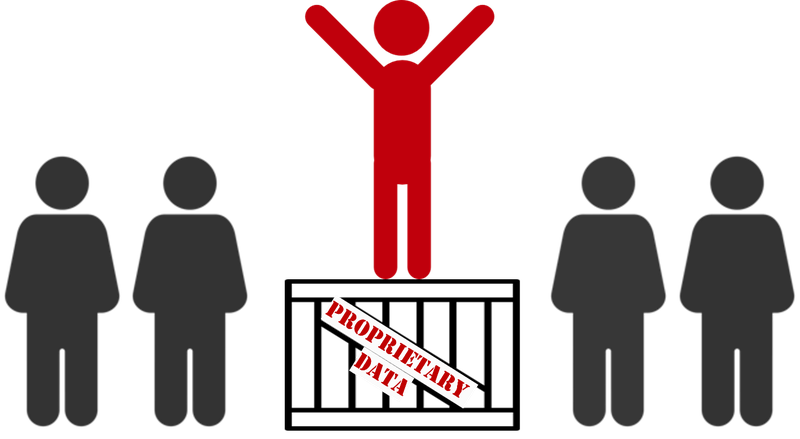Ridwaan Ryan Bham from Huawei discusses how leveraging proprietary data can help produce innovative AI applications that support multiple industries.

Cooking up innovation: transforming proprietary data into AI profit engines
Imagine walking through a bustling food market, the tables groan with food, yet every dish is little more than stale bread and mystery meat. People nibble politely, pretending it’s fine, while in your own kitchen, a treasure trove of home-cooked delights awaits. That age-old adage “There’s food at home” rings true: it’s time to stop feeding off generic fare and start cooking up something truly remarkable.

The rapid emergence of open-source AI has truly democratized the technology and challenged revenue models. The truth? AI is only as unique as the data you feed it. Regardless of how advanced AI tools become, proprietary data will always set you apart. For your AI strategy to shine, tailor it with the best ingredients, first-party data, to deliver irreplicable insights.
There’s a reason any vendor worth its salt insists on post-training AI products with local data before deployment. Your subscribers represent a distinct demographic around which you have built a dedicated network, leverage this to continually differentiate and elevate.

Your pantry is burgeoning with past investments. CEM, BSS, CRM, and RAN Optimization aren’t merely collecting “metrics”; they provide a dynamic ongoing feed of network performance and customer behavior. Build AI strategies around these, and you’ll predict and address problems before they arise.
Let’s get specific. Your CEM platforms can function like a crystal ball. Utilizing CEM and BSS data to train AI Churn models, for example, would provide extensive data points of every customer’s behavior, right down to if they visited a competitor’s website. Not magic, just using the data at hand to understand past actions and predict future risks.
Telcos hold a VIP ticket into becoming leading AI Vendor’s through your unique data:
This data duo is a dream for any marketer aiming to build a near-complete customer model. This is your pass to innovative AI applications supporting multiple industries:
And more, the possibilities are abundant.
The not so little matter of data protection; GDPR, POPIA, etc. aren’t just a regulatory requirement, they are the hygiene standard. However, as proper food handling maintains quality, data protection laws ensure exclusivity of your data. Consent, data minimization, bias mitigation, and anonymization aren’t mere checkboxes; they guarantee your proprietary insights are irreplicable.
Many networks already embed these requirements in their subscriber agreements. Where they don’t, modifications may be necessary. In doing so, you not only safeguard customer trust but also ensure that every step of your data journey meets the highest ethical standards.
Turning data excellence into business success involves a well-orchestrated recipe:
Trust me, I understand the level of shorthand in these points. Be aware that the details will vary by network and customer base; a backward integration starting with customer needs is essential. Identify key segments, tailor your models accordingly, and continue down this path with precision.

Telcos, you’ve served connectivity while others feast on your data. The next phase of growth is about transforming your unique data into a market-leading asset. Evolve from data waitstaff into AI sommeliers, and you’ll position your organization as the culinary innovator of tomorrow’s digital marketplace.
So, ask yourself: Do you want to serve microwave meals, or craft a masterpiece so compelling that customers will line up to savor every bite?